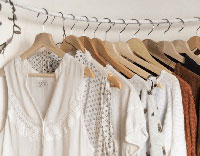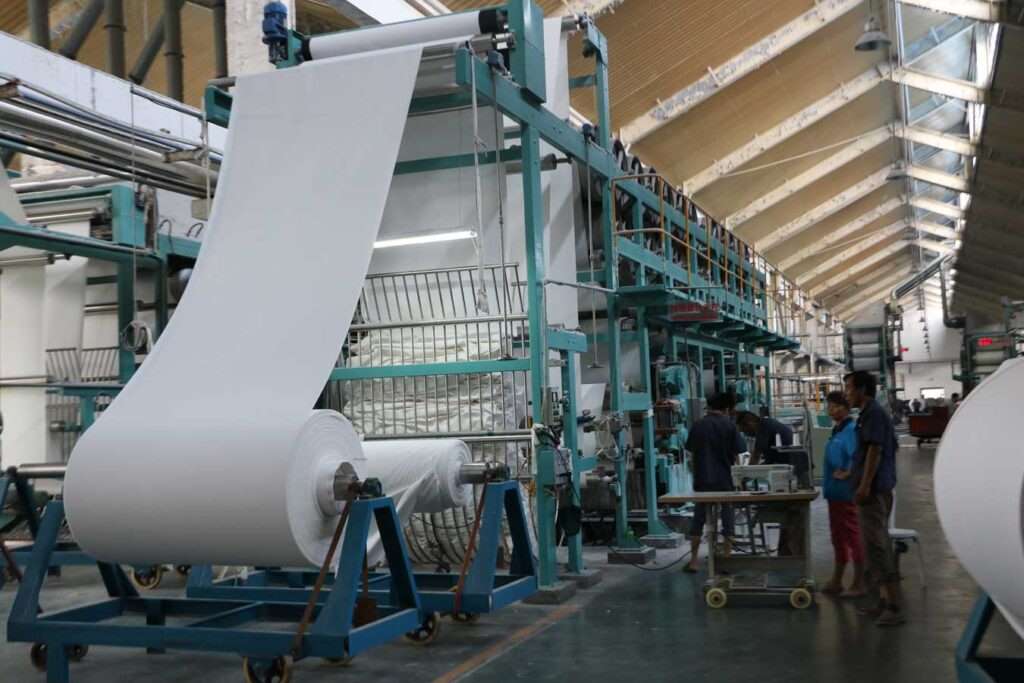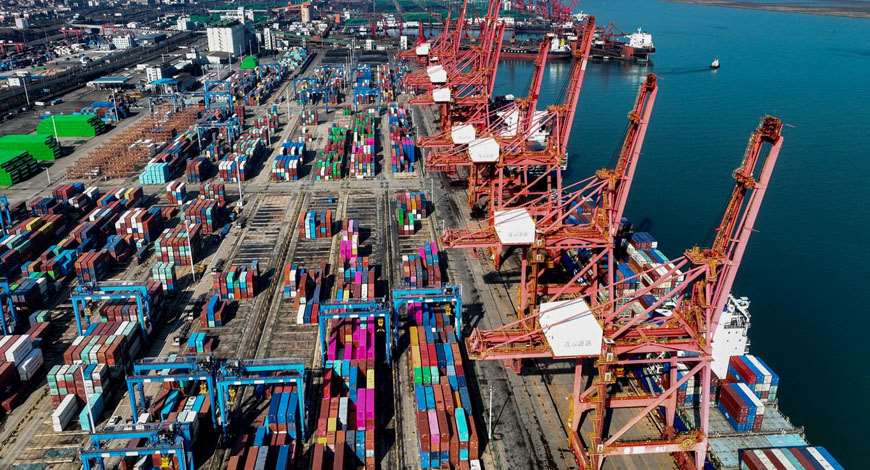"The future generation is always a step ahead of you just like the millennial and Gen Z shoppers are more vocal about their expectation of environmentally friendly practices from brands. Consumers’ are increasingly demanding sustainable fashion, prompting brands to prioritise sustainability and increase transparency in their efforts."
 The future generation is always a step ahead of you just like the millennial and Gen Z shoppers are more vocal about their expectation of environmentally friendly practices from brands. Consumers’ are increasingly demanding sustainable fashion, prompting brands to prioritise sustainability and increase transparency in their efforts.
The future generation is always a step ahead of you just like the millennial and Gen Z shoppers are more vocal about their expectation of environmentally friendly practices from brands. Consumers’ are increasingly demanding sustainable fashion, prompting brands to prioritise sustainability and increase transparency in their efforts.
The curiosity of consumers is not limited to production only, they are equally curious about the authenticity of their supply. From how online purchases impact their carbon footprint to the specific textiles that make up their shoes and apparel, consumers are getting in every aspect of fashion. It’s therefore essential for brands to tread with caution and provide transparent insights into all aspects of production.
One of the top priorities of consumers today is invest in versatile, durable wardrobe staples that not only save money but also conserve resources. This can be achieved by sourcing textiles that last beyond the normal 25 washes. Garments made from Sensil can be washed at least 50 times, with some garments tested up to 75 washes for durability and additional technical properties.
money but also conserve resources. This can be achieved by sourcing textiles that last beyond the normal 25 washes. Garments made from Sensil can be washed at least 50 times, with some garments tested up to 75 washes for durability and additional technical properties.
Reducing waste through shorter shipping time and recycling
As the fashion industry is responsible for approximately 5 per cent of all greenhouse gas emissions, consumers are opting for clothes that help reduce waste and carbon emissions. To achieve this, brands should reduce their shipping distance by setting up factories near their sourcing destinations. This would allow them to maintain smaller inventories and fight waste without impacting speed to market.
Additionally, brands can reuse materials that are discarded as waste. For instance, coffee charcoal derived from coffee bean shells can be added to fibers at the polymer stage. This will help garments to delay the loss of body heat, improve their functionality without sacrificing softness or durability. Coffee charcoal also acts as a natural deodorizer and aids moisture wicking.
Biostatic textiles minimise environmental impact
According to a recent UN report, antibiotic resistance is building into a global crisis. According to some researchers, the antibacterial or antimicrobial properties of textiles are a major cause of resistance. To counter this, brands have launched safer fabrics like Sensil BodyFresh. There are likely to more such innovations in the future bringing us close to achieving our sustainability. However, brands need to pay heed to their consumer’s demands for sustainability. Ignoring them would only mean putting their future at stake.











